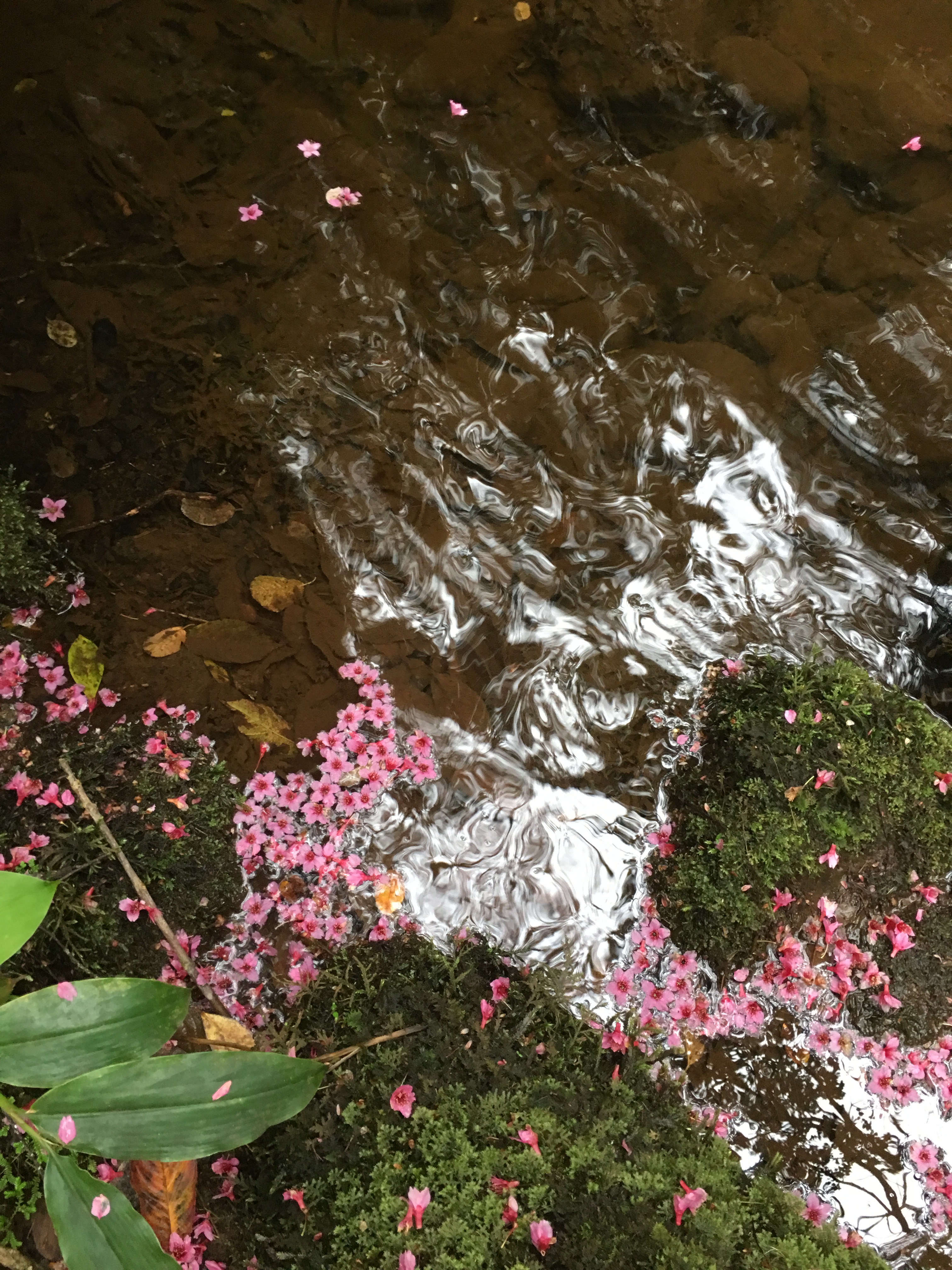In the spring I was diagnosed with cancer. This fall I went through two and half months of radiation ‘therapy’ and am presently recovering from the side effects of the treatment, which include much fatigue.
I had planned to post considerably more about my trip to Ireland, but haven’t had the focus for it. Going to Kildare was a pilgrimage and a journey for healing; I think I got quite a boost there.
Visiting the wells, praying at both the new and old ones, tying clooties and visiting Solas Bhríde, the ecumenical spiritual center established by the Brigidine Sisters were tremendously rewarding. The center was a real highlight with the chance to pray in front of the flame maintained since 1993, the wonderful hospitality and stories of Sister Phil, the walk in the labyrinth and meditation in the willow bothy, and just walking in beautiful grounds that include a rewilding area, full of the radiance of Brigid, Goddess and Saint.
The whole town seemed permeated with the Lady, from the market square in the center of town with its tall acorn lantern (where Mary Robinson, the president of Ireland lit the flame in the 90s), to the functioning Catholic parish church with its acorn sculptures outside. The famous medieval cathedral could only be viewed from outside and the grounds were still closed because of the pandemic (the helpful folks at the Visitor Center thought they were being silly to not open the outdoor area, oh well), so we couldn’t see the fire temple but so much else was experienced.
So here are photos of Kildare, Brigid’s town.


























